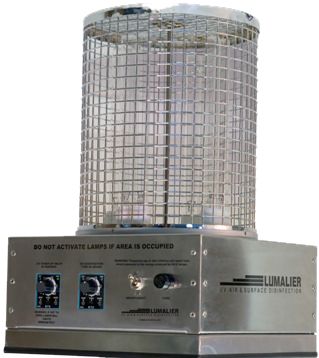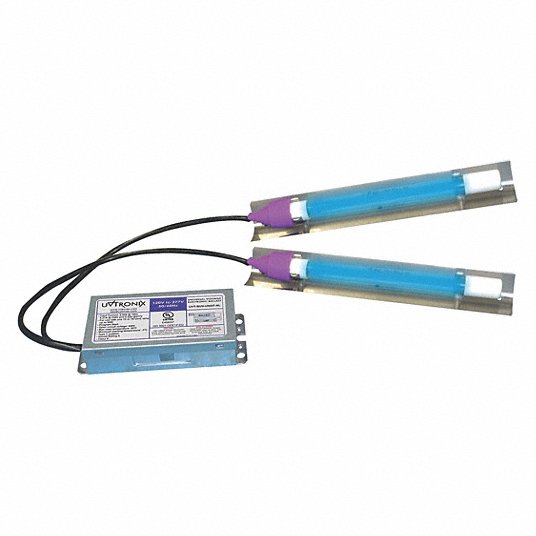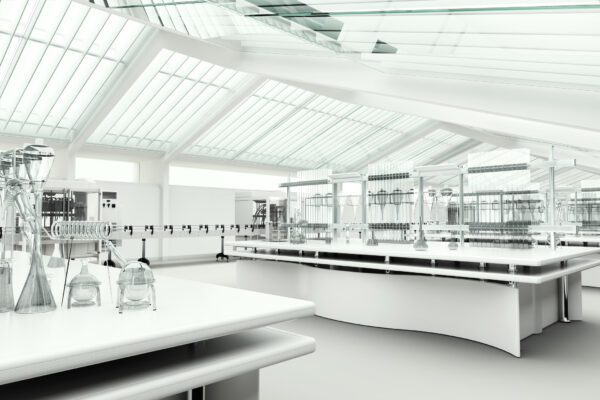UV Surface Disinfection Made Simple: Executing Best Practices for Ideal Results
Checking Out UV Disinfection: An Essential Device in the Fight Versus Dangerous Pathogens
As the globe deals with an ever-increasing risk from hazardous pathogens, the search for efficient techniques of disinfection has actually ended up being an immediate priority. While traditional cleansing methods have shown some success, there is a growing recognition that we need to check out ingenious techniques to combat these unnoticeable adversaries. One such method that has actually gathered significant interest is UV disinfection. Taking advantage of the power of ultraviolet light, this modern technology has actually demonstrated promising cause eliminating a variety of pathogens. How does it work? What are the benefits? And where can it be applied? In this conversation, we will explore the globe of UV sanitation, uncovering its prospective as an important tool in the battle versus damaging microorganisms.
Exactly How Does UV Sanitation Job?
UV disinfection works by utilizing ultraviolet (UV) light to get rid of dangerous pathogens and prevent their spread. This highly effective technique includes the usage of UV radiation to interfere with the DNA and RNA of microorganisms, making them incapable to replicate and creating their supreme devastation.
When UV light is utilized for disinfection, it is commonly discharged from a lamp or bulb that produces a details wavelength of UV-C light. uv surface disinfection. This wavelength, ranging from 200 to 280 nanometers, is especially efficient at passing through the external cell wall surface of germs, viruses, and other bacteria. As soon as inside the cell, the UV radiation targets and damages the hereditary material, avoiding the microorganism from reproducing and triggering infection
UV disinfection systems are made to release the ideal strength and duration of UV light to ensure effective pathogen removal. The dose of UV light required for sanitation relies on aspects such as the kind of bacterium, its resistance to UV radiation, and the certain application. Furthermore, the system has to be meticulously crafted to make certain correct exposure of the target pathogens and to avoid any type of prospective damage to humans or the setting.
The Benefits of UV Sanitation
UV sanitation provides a wide variety of benefits in effectively getting rid of unsafe virus and minimizing the danger of infection. Among the primary benefits of UV disinfection is its capacity to give a ecologically pleasant and chemical-free option. Unlike typical disinfection methods that rely upon chemicals, UV disinfection uses ultraviolet light to ruin the DNA and RNA of bacteria, rendering them incapable to duplicate and cause infections. This chemical-free technique ensures that no dangerous deposits are left, eliminating any prospective health dangers connected with chemical disinfectants.
One more considerable benefit of UV disinfection is its effectiveness in eliminating a variety of microorganisms. UV light has actually been shown to efficiently eliminate microorganisms, viruses, fungi, and protozoa, including those that are resistant to traditional disinfectants. This broad-spectrum effectiveness makes UV disinfection a versatile device in numerous setups, such as medical care facilities, water treatment plants, and food handling sectors.
Along with its efficacy, UV disinfection likewise provides rapid sanitation cycles. Unlike other methods that require prolonged call times or repetitive applications, UV sanitation can attain substantial pathogen decrease immediately. This effective and quick process enables boosted performance, decreased downtime, and increased overall operational efficiency.
Moreover, UV disinfection is a non-contact approach, which indicates that it does not call for straight physical contact with the surface areas or things being decontaminated. This attribute makes it appropriate for use on delicate equipment and delicate materials that may be damaged or affected by other disinfection methods.
Applications of UV Sanitation in Health Care

UV disinfection is likewise made use of in the sterilization of clinical equipment and instruments (uv surface disinfection). The high intensity of UV light can effectively kill germs, infections, and other microbes, guaranteeing that clinical devices are totally free and safe from impurities. Additionally, UV disinfection is used in water treatment systems within healthcare facilities. UV light is capable of inactivating unsafe bacteria, viruses, and bloodsuckers, making the water safe for consumption and reducing the risk of waterborne infections.
Furthermore, UV disinfection innovation is utilized in the sanitation of health care attires and personal safety tools (PPE) By making use of UV light, healthcare professionals can ensure that their uniforms and PPE are cost-free from virus, avoiding the transmission of infections between people and healthcare workers.
UV Sanitation in Public Spaces
Public rooms are progressively applying UV disinfection modern technology as an essential action to battle the spread of hazardous microorganisms. With the ongoing international pandemic and the constant danger of contagious diseases, the demand for reliable sanitation techniques in public locations has actually ended up being critical. UV disinfection supplies a efficient and trustworthy option hereof.

UV disinfection systems use ultraviolet light to deactivate the DNA and RNA of bacteria, viruses, and various other microorganisms. This process interrupts their ability to reproduce and make them safe. These systems can be installed in numerous public areas, including HVAC systems, escalators, elevators, and surface area sanitation robots. Using UV disinfection innovation in public rooms not only helps in lowering the risk of infection yet also infuses confidence among the public regarding their safety.
As public spaces remain to adjust to the obstacles postured by transmittable illness, UV disinfection innovation plays an essential function in making sure a clean and safe atmosphere. By implementing such measures, public rooms can successfully reduce the spread of damaging microorganisms and contribute to the general wellness of the neighborhood.
The Future of UV Disinfection Modern Technology
As the demand for boosted sanitation methods remains to grow in response to the recurring worldwide pandemic and the constant threat of transmittable diseases, the future of UV sanitation innovation holds promising innovations in making certain also extra effective and effective microorganism eradication in different settings.

One area of improvement is the development of more portable and portable UV disinfection devices. These devices would enable for simpler and more adaptable i loved this deployment in a range of settings, such as offices, schools, and transport systems. In addition, innovations in automation and robotics are being explored to enhance the performance and efficiency of UV sanitation procedures. This consists of using autonomous robotics geared up with UV-C lights to browse and sanitize big areas rapidly and precisely.
One more area of exploration is the usage of UV disinfection in air purification systems. By integrating UV-C lights right into heating and cooling systems, air-borne pathogens can be successfully counteracted, minimizing the risk of transmission in indoor atmospheres.
Additionally, researchers are exploring using UV disinfection in get more food handling centers to make certain the safety and high quality of foodstuff. UV-C light has actually been found to be effective in getting rid of foodborne microorganisms, supplying a chemical-free choice to traditional disinfection techniques.
Final Thought
Finally, UV disinfection is an essential tool in the fight against harmful virus. Its efficiency in killing germs, viruses, and various other bacteria makes it a beneficial modern technology in healthcare settings and public spaces. With its ability to provide a chemical-free and ecologically friendly method of disinfection, UV technology holds excellent possible for the future. Its widespread implementation can add to the avoidance of infections and the improvement of public health and wellness.
UV sanitation systems are designed to send out the ideal strength and duration of UV light to make certain efficient pathogen removal. The dosage of UV light required for sanitation depends on aspects such as the type of microbe, its resistance to UV radiation, and the certain application. Unlike conventional sanitation techniques that rely on chemicals, UV sanitation uses ultraviolet light to destroy the DNA and RNA of microorganisms, rendering them incapable to duplicate and trigger infections.In addition to its effectiveness, have a peek at this website UV disinfection also supplies fast disinfection cycles. One of the main applications of UV disinfection in health care is in the sanitation of person areas and running cinemas.